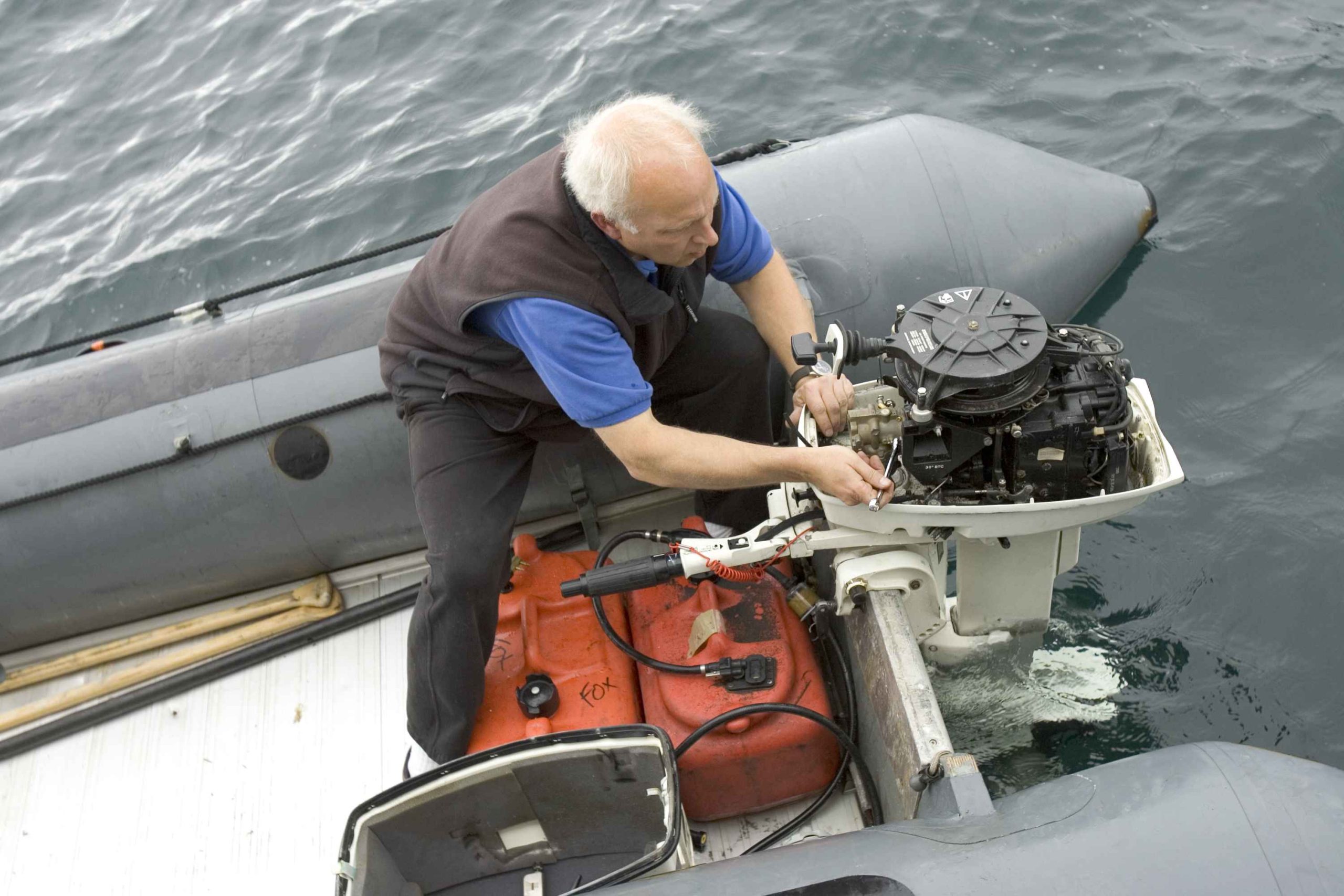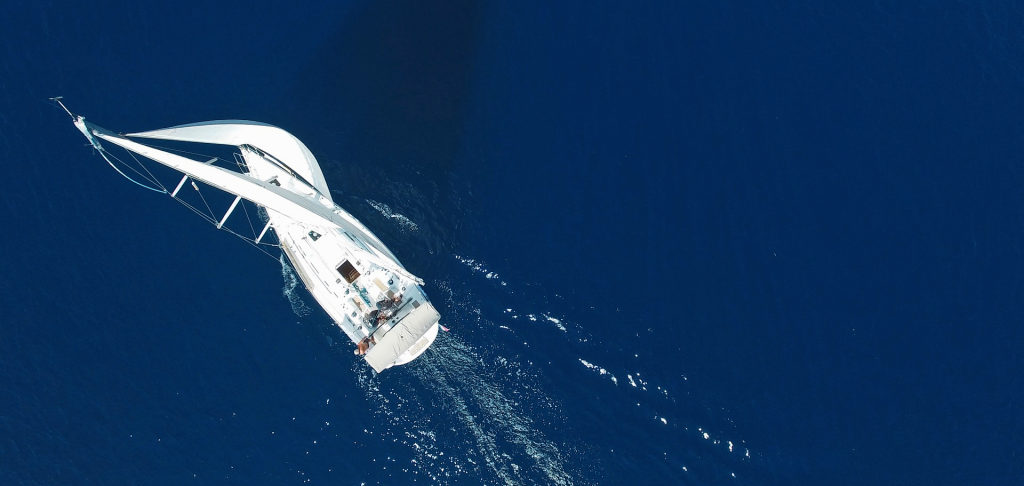Just a few more weeks and it will be vacation time. The beautiful season is finally approaching, and with it comes the time to organize your summer cruise. You have probably been thinking about the itinerary for months, perhaps you are planning it right now. The important thing, even more than the destination, is the navigation, and especially being sure you have everything necessary on board. Let’s go through all the necessary steps to prepare a boat for the summer cruise, from the spring check to the items to bring.
The fundamental step is the inspection of the onboard equipment and instruments, which must be carried out well in advance of the departure date. The reason is simple: you need time to fix any issues found. It is advisable to have the engine serviced and checked in anticipation of a long outing. Its efficiency is essential to handle any emergencies. It is therefore a good habit to check the belts, impeller, filters, and oil. Performing these checks yourself allows you to know exactly where to intervene, should it be necessary. Remember that it is better to keep a spare of each of the mentioned components on board.
 In addition to the engine, the electronics should be checked along with the condition of the batteries and their voltage. Ideally, use a tester on the terminals of the individual batteries to check the voltage. Another extremely important tool is the VHF, which should be checked for transmission and reception with a radio call test directed to the coast guard. Obviously, ensure that the power on and off functions work regularly. It is worth buying a portable VHF to keep handy.
In addition to the engine, the electronics should be checked along with the condition of the batteries and their voltage. Ideally, use a tester on the terminals of the individual batteries to check the voltage. Another extremely important tool is the VHF, which should be checked for transmission and reception with a radio call test directed to the coast guard. Obviously, ensure that the power on and off functions work regularly. It is worth buying a portable VHF to keep handy.
At this point, you can focus on the calibration of the navigation instruments and updating the cartographic maps. A good tip in these cases is to use the provided manuals to obtain the latest version of your navigation program.
The final check on the boat should be performed on the sea intakes, which must not leak water. A couple of “bonus” tips can be to
At this point, we can focus on the items to bring on board. The safety equipment required by law cannot be missing. Self-inflating life jackets, inflatable devices, and signal flares should be placed in a location you can reach even in an emergency. The same goes for the liferaft, for which it is worth testing the time it would take to launch it into the sea. If you place it too deep, you might spend precious minutes freeing it, reducing your chances of survival in an emergency.

Finally, the most personal phase of cruise preparation: leisure items. Depending on the tastes of the owner and guests, many options can be chosen. The great classics are books and cards, timeless items that always have their place during weeks of navigation. Much depends on how much company you expect from your guests, as well as knowing their tastes. At this point, everything is ready to cast off and start your vacation, without the fear of having forgotten something important.


